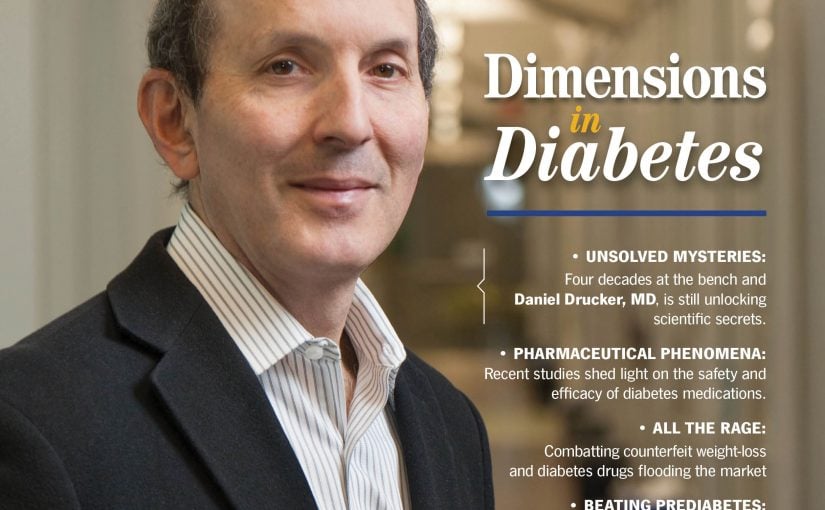Women exposed to triclosan are more likely to develop osteoporosis, according to a study published in the Endocrine Society’s Journal of Clinical Endocrinology & Metabolism.
Triclosan is an endocrine-disrupting chemical being widely used as an antibacterial in consumer goods and personal care products, including soaps, hand sanitizers, toothpaste, and mouthwash. A person can be exposed to triclosan via consumer products and contaminated water. The FDA also banned triclosan from over-the-counter hand sanitizer in recent years.
…this is the first epidemiological study to investigate the association between triclosan exposure with bone mineral density and osteoporosis in a nationally representative sample from U.S. adult women.”
“Laboratory studies have demonstrated that triclosan may have potential to adversely affect the bone mineral density in cell lines or in animals. However, little is known about the relationship between triclosan and human bone health,” said the study’s corresponding author, Yingjun Li, PhD, of Hangzhou Medical College School of Public Health in Hangzhou, China. “As far as we know, this is the first epidemiological study to investigate the association between triclosan exposure with bone mineral density and osteoporosis in a nationally representative sample from U.S. adult women.”
In this study, researchers analyzed data from 1,848 women in the National Health and Nutrition Examination Survey to determine the link between triclosan and bone health. They found women with higher levels of triclosan in their urine were more likely to have bone issues.
“Laboratory studies have demonstrated that triclosan may have potential to adversely affect the bone mineral density in cell lines or in animals. However, little is known about the relationship between triclosan and human bone health.”
Other authors of the study include: Shaofang Cai of The Second Affiliated Hospital of Xiamen Medical College in Xiamen, China; Jiahao Zhu, Chunhong Fan, Yaohong Zhong, and Qing Shen of Hangzhou Medical College; and Lingling Sun of The Second Affiliated Hospital of Zhejiang University School of Medicine in Hangzhou, China.
The study received funding support from the National Natural Science Foundation of China and the Medical Science and Technology Project of Zhejiang Province.
The study, “Association Between Urinary Triclosan with Bone Mass Density and Osteoporosis in the US Adult Women, 2005-2010,” will be published online, ahead of print.

